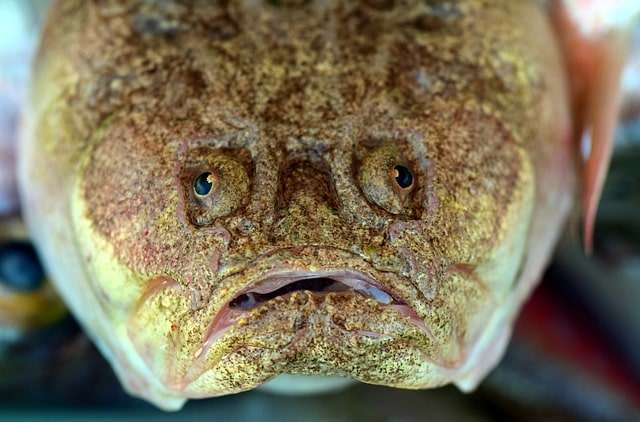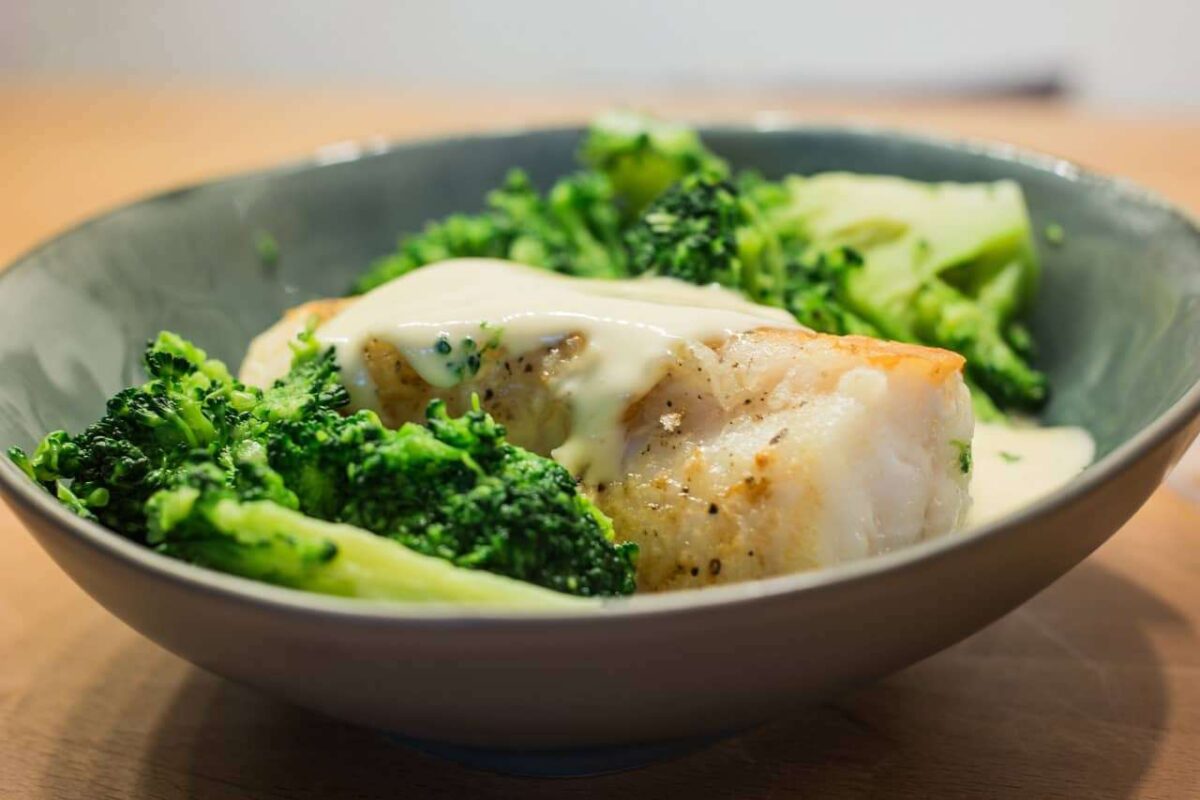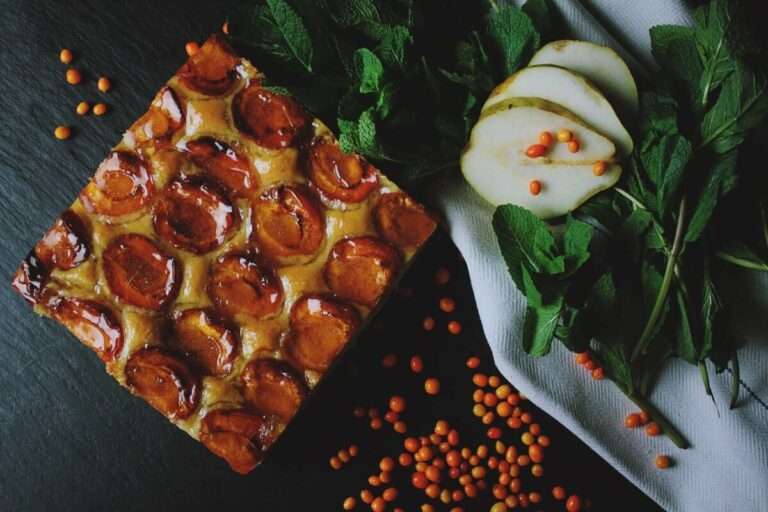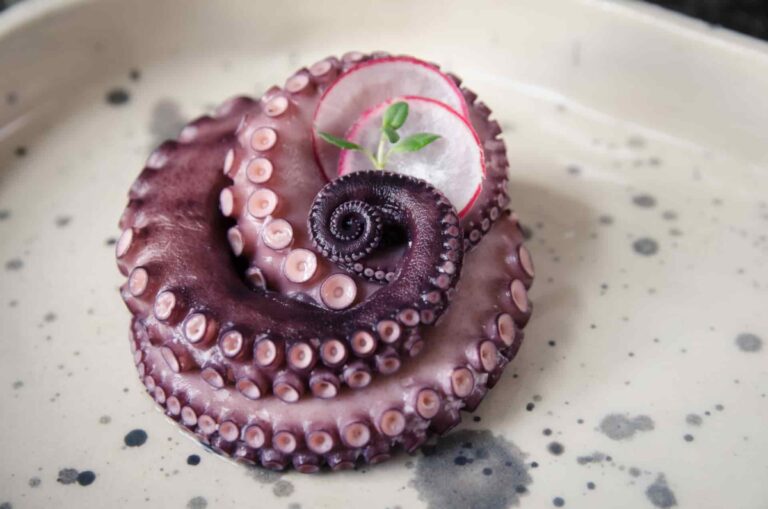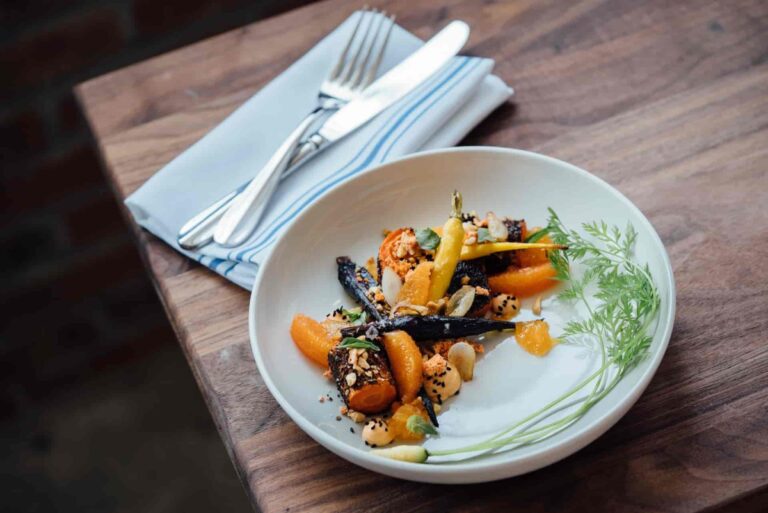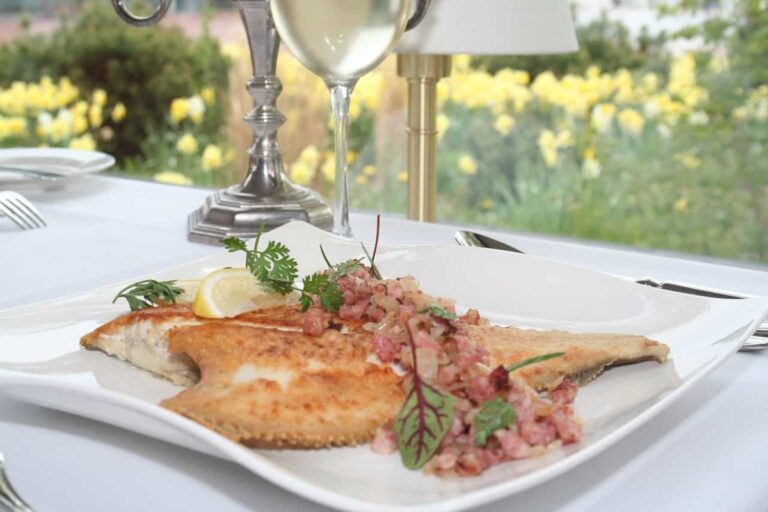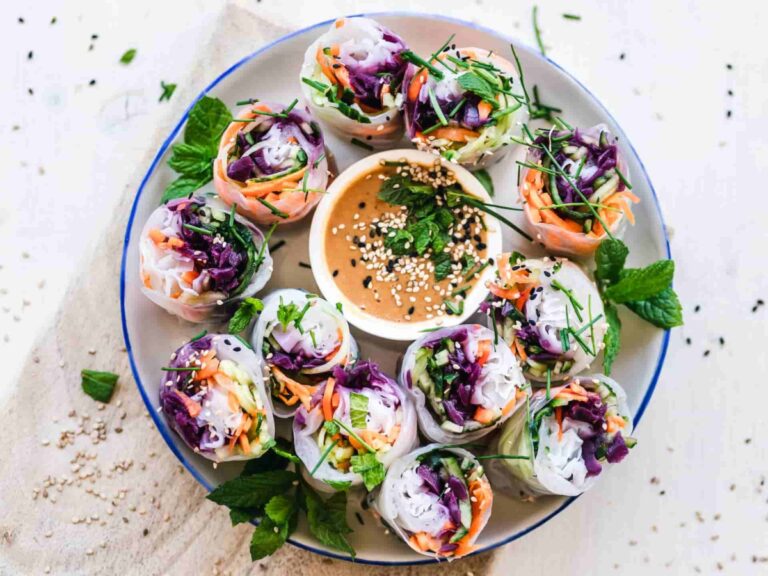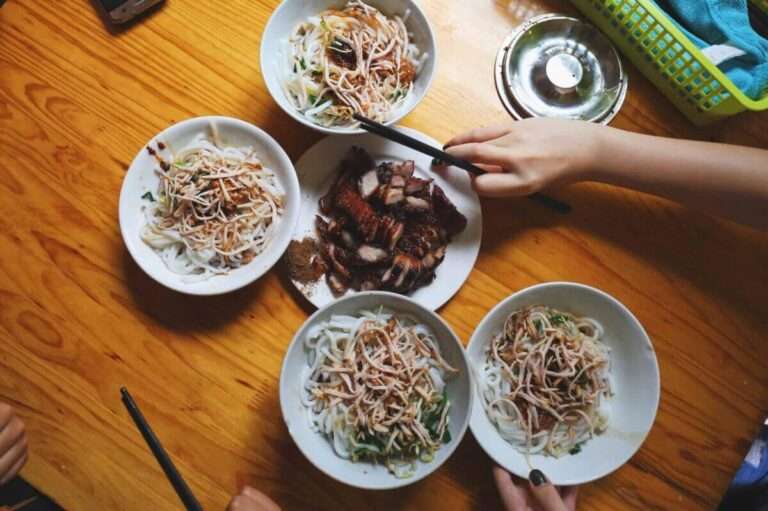35 free monkfish kitchen insights and benefits
Do you know why monkfish is sometimes called the “poor man’s lobster”?
- There have been comparisons made between the flavour of monkfish and that of lobster; however, monkfish normally sells for a far lower price than lobster does. As a consequence of this, the monkfish is often referred to as “the poor man’s lobster.” The fish is regarded as a scrumptious specialty dish in a great number of nations all over the globe, including France and Japan.
- In today’s market, lobster may fetch quite a handsome sum; however, the going rate for monkfish is often far more reasonable and typically hovers around $8 per pound. The price is going to vary depending on the quality of the fish and the quantity that you buy, so if you want monkfish that is freshly caught in the wild and of the highest possible quality, you can expect to pay more, but it will not be as much as you would pay for lobster.
- Despite the fact that monkfish cheeks are not quite as popular as fillets or steaks, they are nonetheless highly regarded. (If you receive a monkfish that is still whole, you may remove them from the area right below the eyes.) They are favoured because, in comparison to the fillets, they are both sweeter and more sensitive.
- The liver of monkfish is considered a delicacy all around the world, but it is particularly well-liked in Japan, where it is often offered in sushi restaurants. It has a melty consistency and a sweet and briny flavour; the Japanese name for it is “ankimo.” It is possible to use it in lieu of foie gras on toasts that are accompanied by a sweet condiment such as chutney.
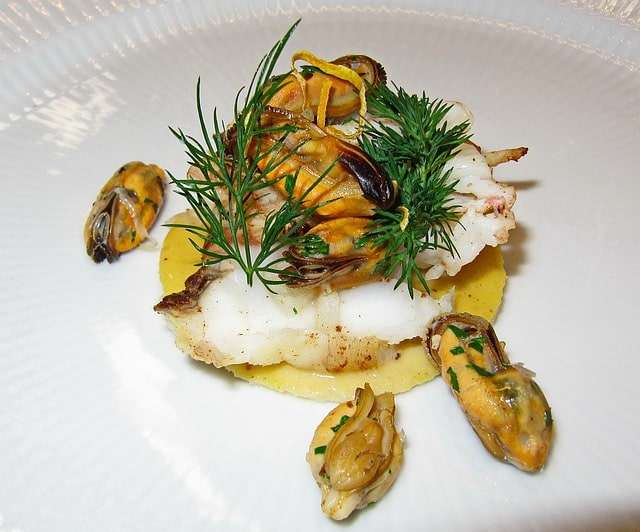
Monkfish nutrition and health benefits facts
- Not only is monkfish a delectable sea monster, but it is also a rich source of essential nutrients, including those listed here: calcium, iron, magnesium, phosphorous, potassium, sodium, zinc, thiamine, riboflavin, niacin, vitamin-B6, folate, vitamin-B12, vitamin A, vitamin E, and vitamin K. Monkfish is a powerhouse of nutrients.
- Contrary to what many people believe, monkfish is not only a low-fat and low-calorie fish, but it is also regarded to be one of the most flavorful and healthiest types of fish. It is loaded with essential nutrients, such as minerals, vitamins, and the beneficial fats that your body needs to function properly and stay healthy. The fish may have a number of health advantages, some of which include reducing the risk of cardiovascular illnesses, preserving excellent bone health, enhancing immunity, building stronger muscles, enhancing cognitive processes, and increasing the health of the stomach, skin, and hair.
- Monkfish, like other types of fish, may have a high concentration of omega-3 fatty acids, which have been shown to decrease levels of “bad” cholesterol and the likelihood of developing cardiovascular disease. In addition to this, there is some evidence to suggest that taking these supplements might help reduce the chance of irregular heartbeats, commonly known as arrhythmias, which, in the majority of instances, result in the patient’s death.
- Vitamins are essential components of our food that have a significant influence on the function of our immune systems. The immune system is profoundly influenced by vitamin A’s presence in the body. There is a possibility that monkfish contains this essential vitamin, which not only strengthens one’s immune system but also decreases inflammation of any sort in the body. As a result, eating monkfish may lessen one’s chance of developing a chronic illness.
- The consumption of monkfish is associated with improved bone health because of the presence of calcium and phosphorus in the fish’s flesh. According to a study that was presented in the American Journal of Medicine, a significant lack of calcium and phosphorous in the body may lead to osteoporosis as well as other bone-related diseases such as osteomalacia. Therefore, making fish a regular part of your diet may help maintain a relatively rapid pace of bone development, while also ensuring that your bones remain healthy and robust.
- According to study, monkfish is an excellent source of vitamin E, which has been investigated for potential use in the treatment and prevention of Alzheimer’s disease. Having said that, there is still a need for more study to determine the comprehensive function that vitamin E plays in the therapy of cognitive impairment.
- Riboflavin, or vitamin B2, may be found in monkfish, and research suggests that this nutrient may play a significant part in the process of keeping collagen levels stable. Collagen is a key component of healthy skin, hair, and nails. Collagen is essential for maintaining smooth, wrinkle-free skin and preserving its young appearance. Riboflavin deficiency has been linked to premature ageing in humans. Consuming monkfish as part of your diet may be highly advantageous since riboflavin helps prevent skin inflammations, stops hair loss, and naturally slows down other indicators of ageing.
- There are just trace amounts of mercury found in the flesh of monkfish. Even while the quantity of mercury that people are exposed to is not thought to be hazardous, there is concern that even moderate exposure to mercury might cause health problems. In comparison to other kinds of fish, the omega-3 fatty acid level in monkfish is much lower. Although the amounts of mercury found in monkfish are not considered to be dangerous, smaller children and women who are pregnant or planning to become pregnant should strive to minimise the quantity of mercury-contaminated fish they consume.
100g of monkfish has 76 calories (317kj), 14.5g protein, 1.5 g fat, and 0g carbs, including 0g fibre.
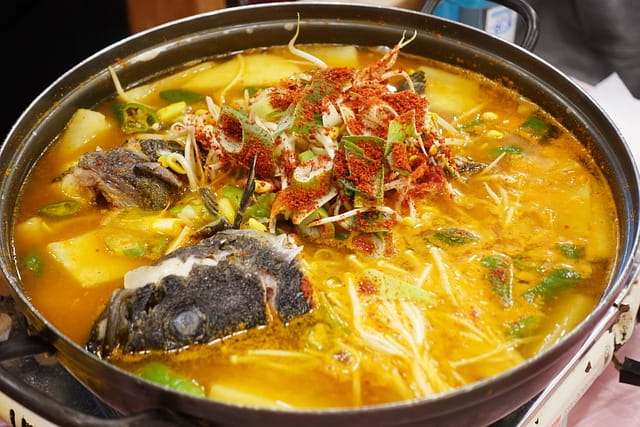
How to store monkfish and how to buy them
- Because to the implementation of responsible fishing practises in global seas, this species of fish is consistently accessible for purchase throughout the year, and its population has not fluctuated much. Monkfish cheeks, which are acquired from the fish’s head and are regarded as a delicacy across Europe, are collected from the fish’s head, whereas the monkfish tail, which is essentially the rest of the fish, has a meaty feel and does not have any flaky scales on it. It is difficult to draw comparisons between the monkfish and any other type of fish since it is such a unique species. On the other hand, when it comes to a tasting test, the flavour comparison that is the most comparable to that of langoustine is most accurate.
- Two of the most frequent cuts of monkfish are the fillet, which comes from the tail, and the cheeks, which are located closer to the head. The head of the monkfish is often removed before it is sold, and the portion of the body that is still present is known as the tail. The monkfish may be purchased as fillets or as a whole fish. After the fillets of monkfish are separated from their backbones, the membrane, which is purple and transparent, must be peeled away in strips with great care. Monkfish cheeks, which are large, tender patches of flesh removed from behind the eye of the fish, are a cut that is sometimes overlooked, despite the fact that they are a wonderful delicacy that have the texture of a scallop and are often eaten raw.
- After it has been purchased, monkfish should be stored in the refrigerator for one to two days before being used. Even though the “sell-by” date that is printed on the packaging may become invalid during the time that it is being kept, the monkfish may still be consumed without risk after the sell-by date has passed if it has been properly preserved.
- When storing raw monkfish in the refrigerator, it is preferable to keep the fish in the packaging it came in from the store. Do not open the container containing the monkfish until you are ready to use it. This will allow the monkfish to maintain its freshness for as long as possible. Bacteria grow very quickly at temperatures ranging from 40 degrees Fahrenheit to 140 degrees Fahrenheit; monkfish that has been left out at room temperature for more than two hours should be thrown away.
- Raw monkfish that has been frozen has a longer shelf life than raw monkfish that has been kept in the refrigerator; if you want to freeze the monkfish, put it in the freezer before the number of days that is advised for refrigerator storage has passed.
- You can extend the amount of time that monkfish can be stored in the freezer by either covering the original packaging from the grocery store with an airtight layer of heavy-duty aluminium foil, plastic wrap, or freezer paper; placing the package inside a heavy-duty freezer bag; or doing both of these things. This will assist in reducing the risk of freezer burn. If it is kept correctly, it will keep its highest possible quality for around six to eight months, but it will be perfectly safe to consume for a considerable amount of time after that. If the monkfish is maintained frozen at a temperature of 0 degrees Fahrenheit all the time and the directions for storing it are followed to the letter, the fish will never spoil.
- It is recommended that monkfish be cooked immediately after it has been thawed in the refrigerator; however, monkfish that has been thawed in the microwave or cold water should also be cooked soon after it has been thawed in those methods.
- The most efficient approach is to smell and visually check the monkfish. Signs of spoiled monkfish include a sour smell, a dull colour, and a slimy texture; you should avoid eating any monkfish that smells or looks odd.
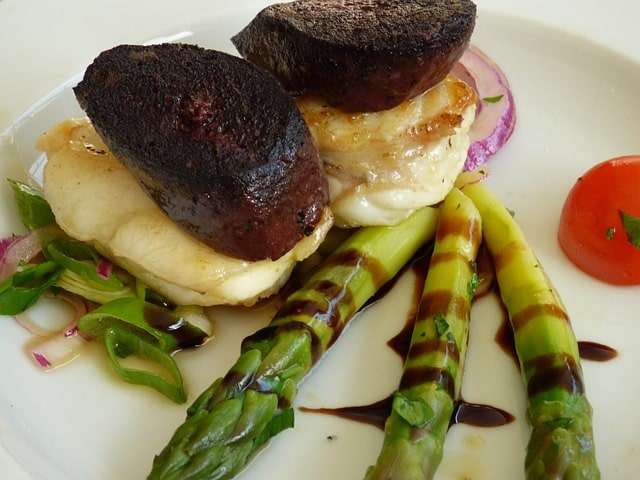
Cooking techniques, secrets, and tips from the kitchen
- Poaching, broiling, roasting, or grilling the monkfish tail, the sole edible section of the fish, retains the most nutrients. Fillets, no matter how thick, will take 8-10 minutes per inch to cook. If the thickest section of the fish flakes easily when poked with a thin skewer or knife, and the opaque middle looks done, the fish is ready.
- Since no fat is used in the poaching process, it is the healthiest method to prepare monkfish. The fillets of monkfish may be poached in whatever liquid you choose, whether it be stock, wine, water, tomato sauce, or a combination of liquids seasoned with herbs and spices. In a small saucepan, bring the sauce to a boil. Add the monkfish, and using a spoon, cover the fish thoroughly with the sauce. Cook until the fish flakes easily when tested with a thin knife or skewer. The calories and total fat content of the final product will go up if you decide to add some more flavour by sautéing chopped onion in olive oil in the saucepan before adding the liquid.
- If you use a monounsaturated oil like olive oil, which has been linked to a drop in total cholesterol levels and is known to help lessen the risk of cardiovascular disease, broiling is another low-fat, high-flavour technique to prepare monkfish. Brush the fillets with olive oil, season with salt, pepper, and other seasonings of your choosing, and place them on a non stick broiling pan. Broil the fillets for approximately nine minutes per inch of thickness, keeping them no more than four inches from the prepared heat source. To ensure that the fish browns evenly, flip the broiler pan over every two minutes.
- Roasting monkfish is a healthy alternative to broiling if you use monounsaturated or polyunsaturated oils like olive, peanut, canola, sunflower, or maize oil. Roast the fillets for approximately 10 minutes, up to 15 minutes, depending on their thickness, after preheating the oven to 425 degrees F and carefully oiling a baking dish on which to set them. For an extra special touch, bake potatoes in the baking dish for 30–40 minutes before adding the monkfish and cooking for another 10 minutes.
- Since grilling is a healthy and tasty option, it is fortunate that monkfish is one of the few fish that can hold its own on the grill. You should use fillets that still have their skin on them, and then season them with olive oil, salt, pepper, and garlic. Put the monkfish on the grill, skin side up, and cook it over a flame or embers on a charcoal or gas grill preheated to high heat. Using a metal grill spatula, carefully loosen the fillet every few minutes to avoid sticking while cooking the fish for around five minutes on this side. Flip the fish and grill for a further five minutes.
- Although sautéing is not the best way to prepare monkfish for your heart, using a monounsaturated or polyunsaturated oil for the butter might reduce the amount of saturated fat and cholesterol in the fillets.
- Sprinkle salt over monkfish fillets an hour before cooking to remove excess moisture, allowing the fillets to be pan-sautéed to a crisp.
- Dry the fillets using paper towels, season with more salt and freshly ground pepper, then dredge in plain flour before frying in hot vegetable or olive oil in a non stick pan.
- Make sure to give the monkfish around five minutes each side while cooking over high heat.
- If you want your fillets particularly crispy, you may cover them in flour twice before frying them in oil, then dip them in two beaten eggs after dredging in flour.
- However, this will increase the amount of fat and cholesterol in the fish.
- To make a mouth watering meal out of monkfish, just season it with garlic, ginger, lemon, soy sauce, and ground coriander; serve it with potatoes, rice, or vegetables; and season it with soy sauce. A white sauce with herbs, such as chive or dill, is the ideal accompaniment to monkfish, and it may be produced by combining butter, cream, lemon juice, and other soft herbs.
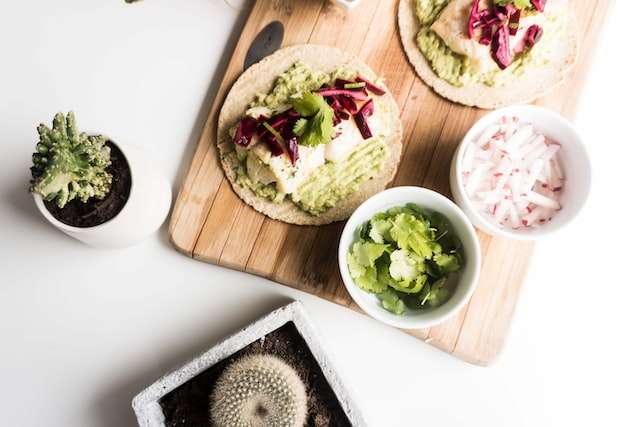
History of monkfish from the beginning until today
- The monkfish is merely ugly. Anglerfish—including monkfish—are not particularly attractive. Unlike monkfish. Their massive, gaping toothed maws and frightening angler-like protrusions are used to lure and capture unprepared victims.
- We should not rush to judgement. Despite its ugliness, the monkfish has a redeeming quality. It has a wonderful name, too.
- This fish has a mysterious name. The cowl-like look may have been inspired by monks’ cloaks. Others offer better reasons for the fish’s name. Monks used to visit docks and ports to buy fish from fishermen ready to throw it away. Monkfish, a bycatch, was unattractive to fish purchasers. Fishermen threw it back or gave it away. They did not know monkfish flesh was lobster-like until they tasted it! The monks returned to their monastery with a devilish-looking fish and a great feast prepared for that evening.
- Most people say monkfish meat tastes like lobster. Thus, it is called “poor man’s lobster.” Ironically, its culinary reputation is raising its price. Monkfish tails contain flesh, like lobsters. The tail is skinned and filleted, while the head is usually discarded. Some fishmongers sell the cheek.
- Monkfish is seldom sold whole in food shops, but rather as deboned and deveined fillets or tails. Most tails contain one central bone that does not need to be removed before cooking and may be overlooked while eating. Before cooking, rinse the chicken in cold water and remove any pink or grey membranes. Cooking will dry out the slender fish. To prevent drying, salt or brine the fillet for an hour before cooking.
- Monkfish cooks easily. The tail is white, firm, and meaty, and the big central bone may be easily removed. If the skin has a grey membrane, pull it off before cooking. Cooking toughens the membrane.
- Monkfish is quite versatile. For grilling, it holds its form nicely. Roasting, frying, or butter-poaching the meat makes several meals. Cheek soup is nutritious and delightful. Add the flesh for a wonderful monkfish stew or soup. Curried ham and chorizo sausage go well with monkfish because it absorbs strong flavours.
- It is sold whole or filleted year-round. However, having a fisherman or seafood market clean the monkfish is best. Monkfish have seven-layer skin. While preparing it, its annoying face will make your task harder.
